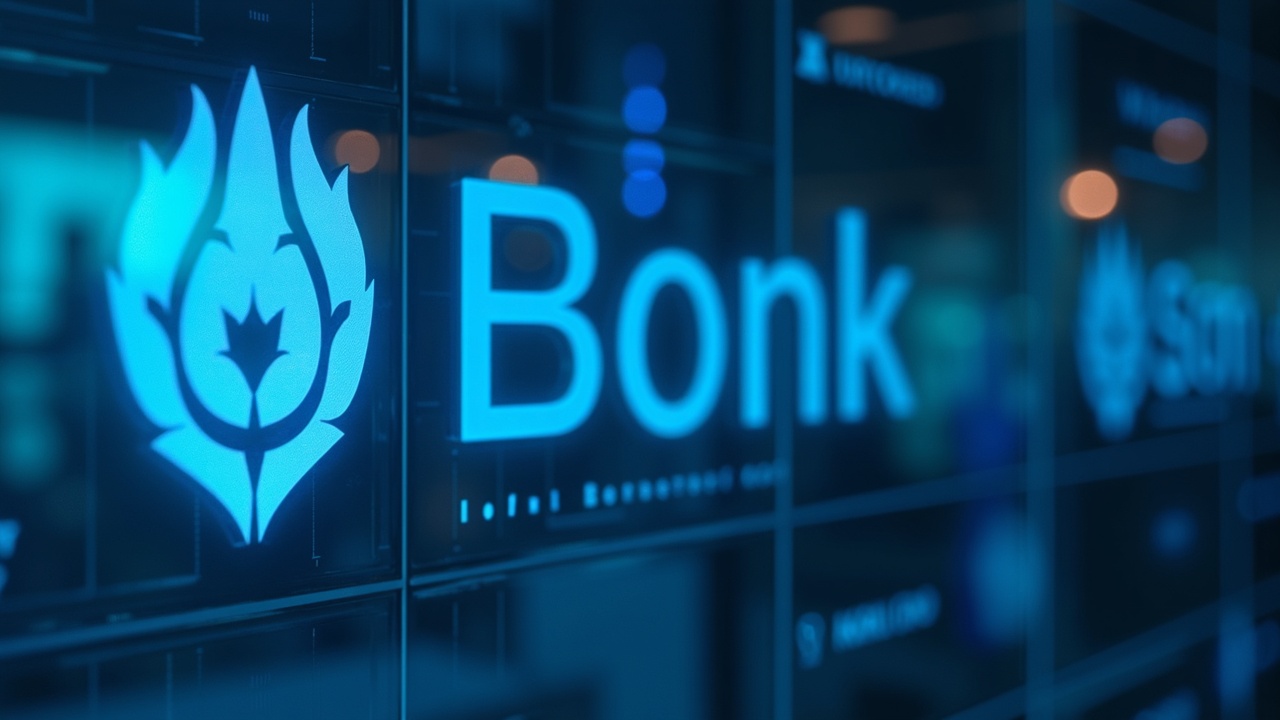Safety Shot, Inc. has completed a dramatic strategic transformation, rebranding as Bonk, Inc. and beginning to trade on the Nasdaq under the new ticker symbol BNKK as of the market open on Friday, October 10, 2025. This move finalizes the company’s pivot from a wellness beverage maker to a corporate treasury focused on the BONK memecoin, establishing what it calls the premier public vehicle for the BONK ecosystem.
The Strategy Behind the Rebrand
The corporate rebranding is the culmination of a strategy centered on deep integration with the BONK digital asset community. The company’s new direction is driven by two core pillars. First, it acquired a recurring revenue-sharing interest in letsBONK.fun, a memecoin launchpad described as highly profitable. Second, it has been aggressively building a substantial treasury of BONK tokens. The company’s leadership states that its core mission is now to build shareholder value by leveraging its unique position as the public market proxy for the BONK community.
This vision is already being executed with concrete targets. The company has increased its BONK holdings to over 2.7% of the circulating supply and has a public goal of accumulating 5% by the end of 2025. To professionally manage this treasury, which is valued at over $50 million, Bonk Inc. has partnered with Monarq Asset Management, an institutional-grade digital asset manager. This partnership aims to actively generate yield and implement hedging strategies to preserve shareholder value.

A New Bridge Between Markets
The listing of Bonk Inc. on Nasdaq creates an unprecedented bridge, allowing traditional stock market investors to gain exposure to a memecoin through a regulated public equity. Mitchell Rudy, a BONK core contributor and board member, described the move as creating a “first-of-its-kind vehicle” that allows public investors to participate directly in the success of a decentralized finance (DeFi) community.
For traders, institutional treasuries, and risk managers, this development represents a significant test case. It places a publicly-listed company, with its attendant quarterly filings and fiduciary duties, in the role of a major creditor to a volatile digital asset. The company’s performance and its ability to manage the inherent risks of its single-asset treasury strategy will be closely watched with each earnings report and treasury update.


